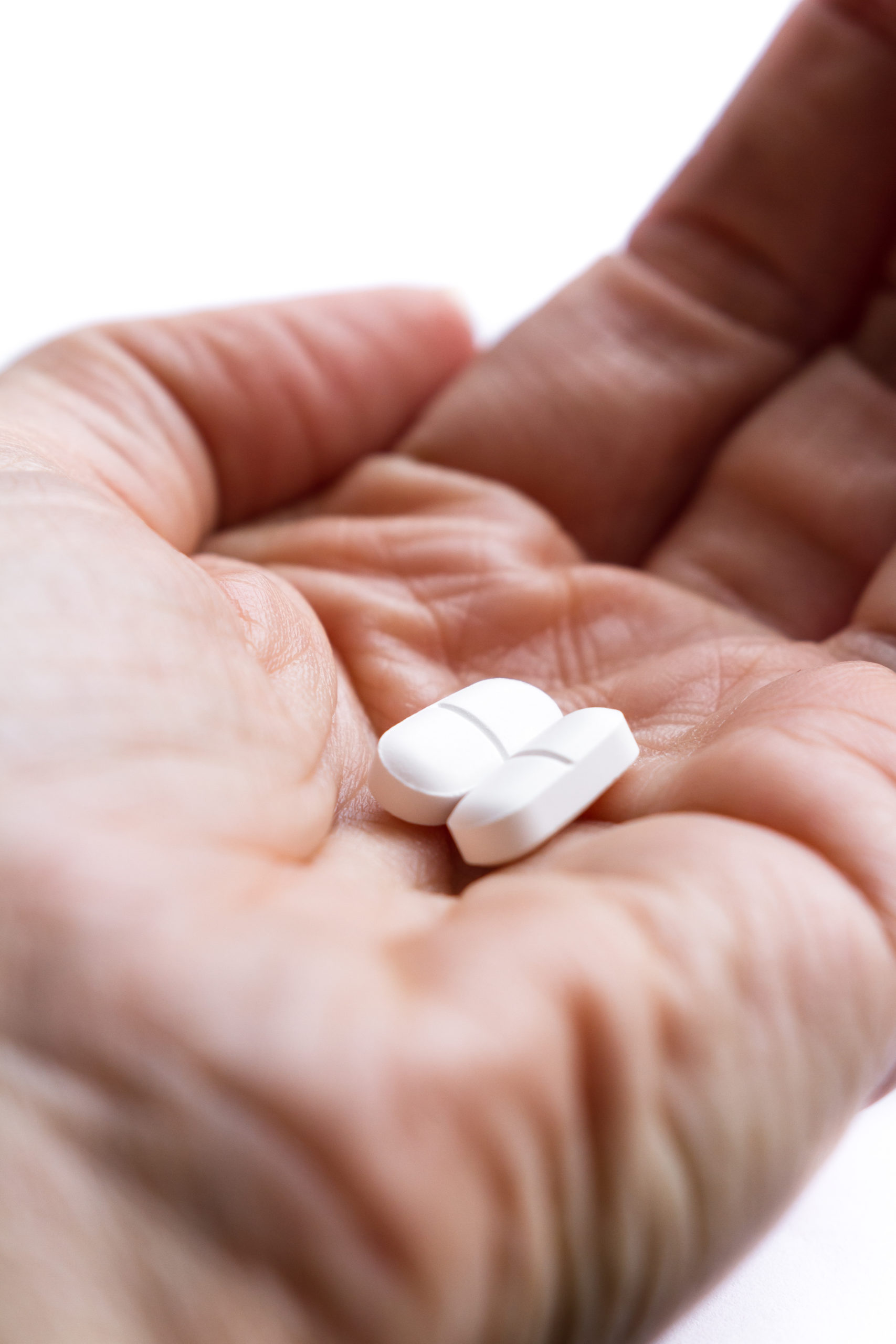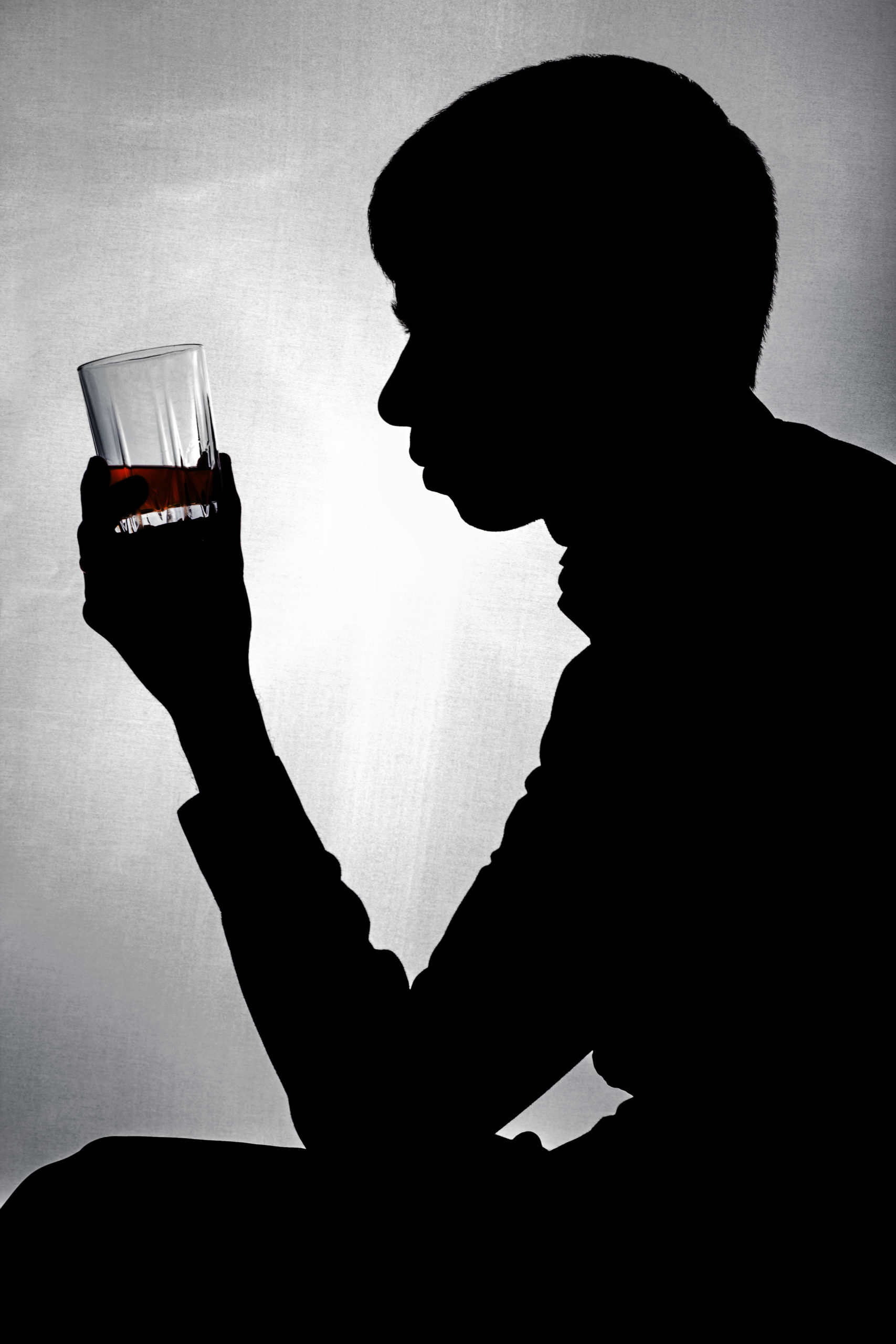Drug withdrawals are a life-threatening and painful condition that keeps addicts from seeking the help they need to be sober.
The agonizing cravings and negative side effects may prompt many struggling addicts to wonder—how long can drug withdrawal last?
Let’s take a look into the effects of withdrawals and how long an addict can expect to struggle with them.
What’s a Drug Withdrawal?
Withdrawals are symptoms of being physically dependent on a drug. In other words, your body has developed a chemical dependency on the substance.
Chemical dependency worsens with time, as the body builds dependence on these substances.
Withdrawals can make recovery very challenging, as they can be life-threatening and scary. During withdrawals an addict might also experience a high degree of cravings that they are not able to manage, prompting them to relapse.
This vicious cycle builds more tolerance and worsens the problem over time.
For a safe and effective withdrawal process, it is important to seek professional help if you suffer from drug addiction.
Drug Withdrawal Symptoms
The symptoms of drug withdrawals vary from drug to drug. While no drug will have the same withdrawal experience, some symptoms are shared across the board.
Some drugs might also have more serious and stronger withdrawal symptoms. For example, a marijuana withdrawal will be much milder than what you could expect from an opioid withdrawal. Nevertheless, all withdrawals should be threatened equally, as all addicts will struggle.
Some symptoms shared across the board include:
Rebound effects
This is the type of symptom the drug is intended to treat. The symptoms become more intense when you stop using the drug.
For example, since opiates numb pain, the pain could return in full force once the opiates leave the body.
Decreased tolerance
When a drug is withdrawn, tolerance decreases rapidly. Having a reduced tolerance can cause you to overdose if you relapse or take the drug again as you will need much more of the drug to get you back to your previous state.
Depression
Depression is a common occurrence across all forms of substance abuse. The depletion of dopamine and damage to pain and pleasure receptors in the brain causes users to go down a road of negative and low emotions—usually ending in depression.
Extreme Cravings
Once the drugs are cleared from the system, the dependence will generate strong cravings.
Seizures or Tremors
These are some of the most dangerous withdrawal symptoms they also include changes to the autonomic nervous system such as:
- Heartbeat problems
- Breathing issues
- Blood circulation problems
How Long Can Drug Withdrawal Last
There is no one set rule as to how long drug withdrawal can last. The duration of drug withdrawal can vary considerably depending on the type of drug abused and the frequency by which it was consumed.
For example, drugs such as cocaine and amphetamines can cause withdrawal symptoms that last anywhere from a week to a month. In the case of opiates, withdrawal symptoms usually peak within 72 hours and then gradually subside.
Generally speaking, symptoms of withdrawal usually begin within one to three days of last using the drug, peaking between two and four days afterward.
Withdrawal timelines are also influenced by other factors:
- Amount taken
- Method of ingestion
- Combining it with other substances
- Length of drug abuse
- Personal profile of tolerance
There are generally three stages to withdrawal timelines:
- Acute
- Protracted
Post-acute.
What to Do if Withdrawals Are Present
Now that you know how long drug withdrawal can last, it’s time to seek help.
If you or one of your loved ones is suffering from drug withdrawals then it’s imperative that you seek help immediately. Not only are withdrawals dangerous to your health, but they can also make it difficult to recover.
If you have any serious symptoms you should call 911 and seek medical help immediately.
The best way to deal with withdrawal symptoms is by attending detox. In detox, pharmacological treatments are used to help you ease out of the drugs and treat other symptoms of withdrawal.
Elysium Healthcare is an expert in detox treatments and will be able to assist you every step of the way.
Contact Elysium today to learn about our detox and inpatient treatments.







